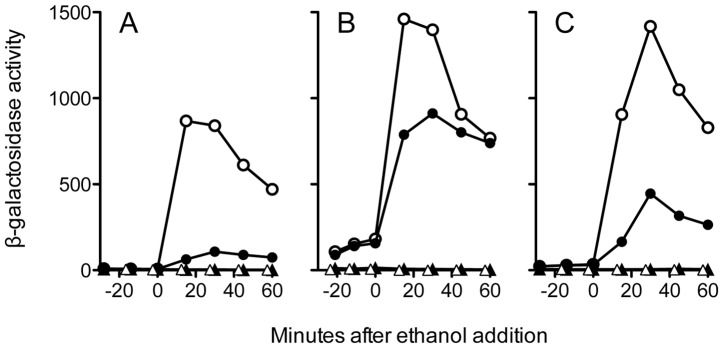Figure 2. Strains bearing the S59A substitution retain significant stress activation.

β-galactosidase accumulation from a σB-dependent ctc-lacZ fusion, assayed in logarithmically growing cells either wild type for RsbS (open circles) or with the S59A substitution (closed circles), before and after 4% ethanol addition. In all three panels an RsbU null strain defective for the response served as the negative control (PB495, open triangles). (A) Wild type stressosome with all four co-antagonists and wild type RsbS (PB198, open circles); RsbS-S59A (PB470, closed circles); or RsbU null with RsbS-S59A (PB1274, closed triangles). (B) Minimal stressosome containing RsbRA as sole co-antagonist and wild type RsbS (PB1078, open circles); RsbS-S59A (PB1161, closed circles); or RsbU null with RsbS-S59A (PB1273, closed triangles). (C) Minimal stressosome containing RsbRB as sole co-antagonist and wild type RsbS (PB1255, open circles); RsbS-S59A (PB1256, closed circles); or RsbU null with RsbS-S59A (PB1275, closed triangles). Representative results are shown; in independent experiments S59A supported a response 13% as robust as wild type RsbS in the strain with all four co-antagonists (+/−2.0% SEM, n = 4); 63% in the strain with RsbRA alone (+/−2.1%, n = 7); and 33% in the strain with RsbRB alone (+/−1.3%, n = 3).
